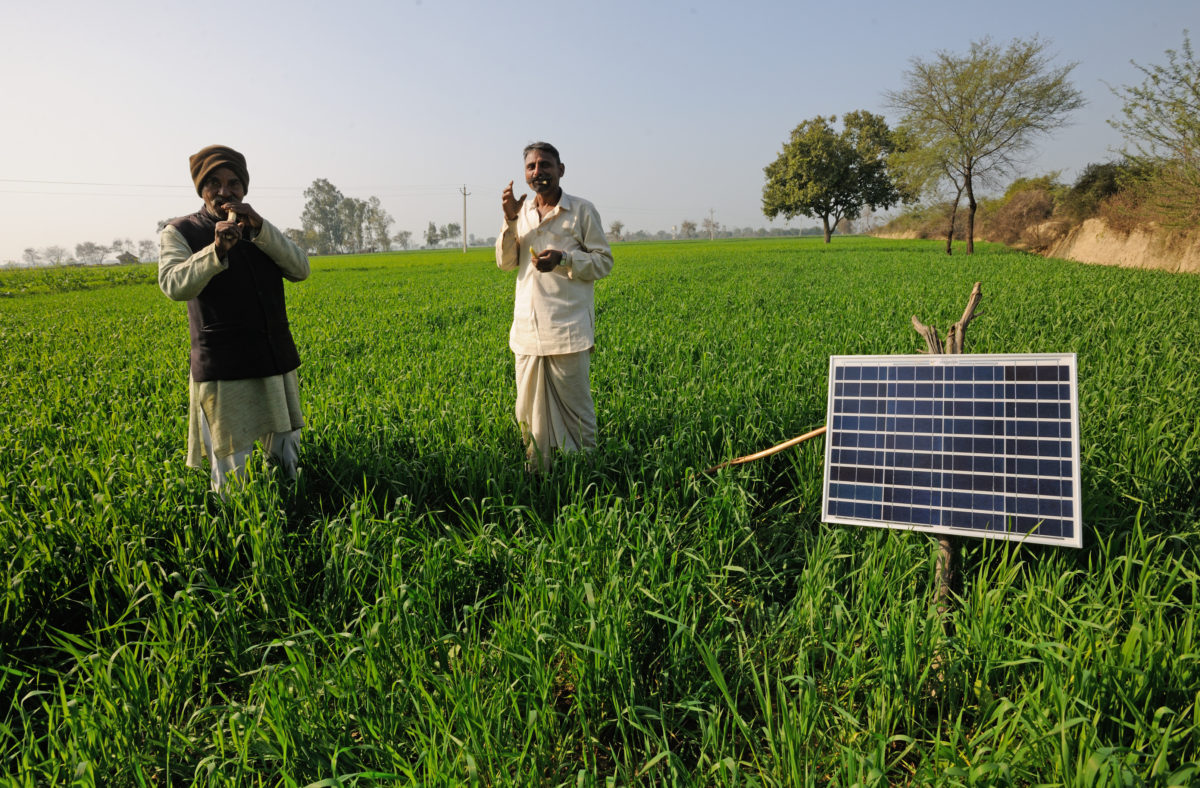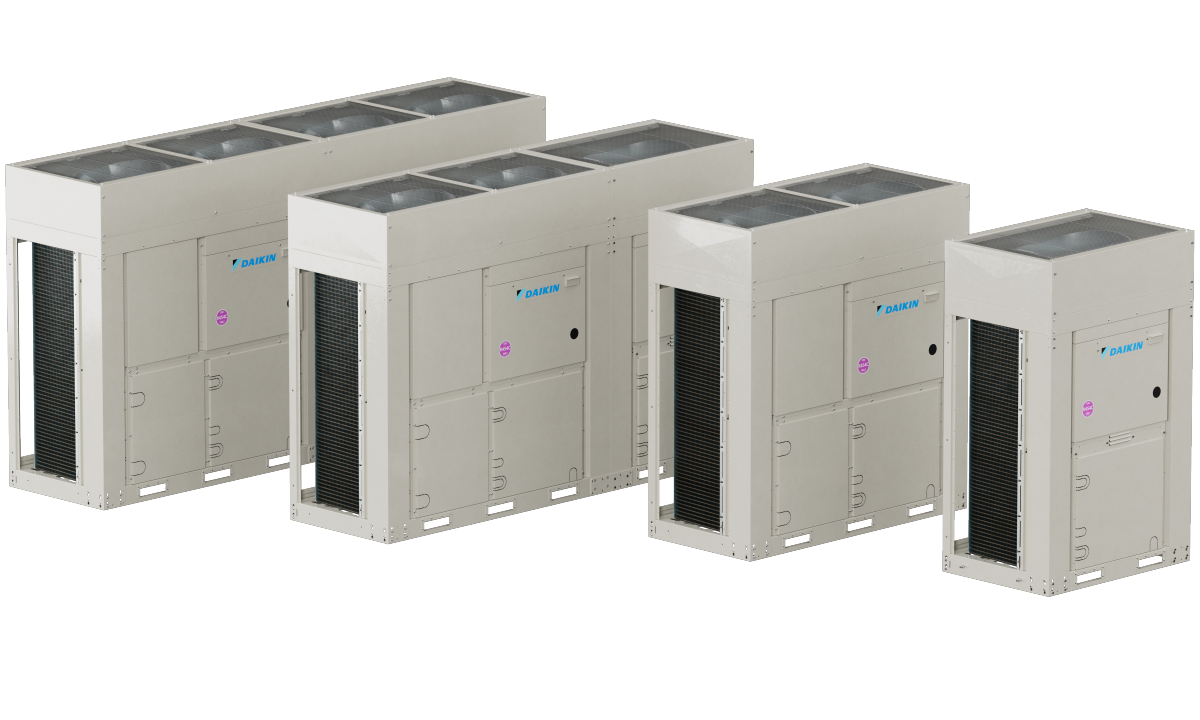From pv magazine India.
Rural Indian communities, and particularly farmers, represent a $50 billion clean energy innovation opportunity, according to a report by the Council on Energy, Environment and Water (CEEW) thinktank, with agriculture alone offering a potential $40bn marketplace.
India's non-farming rural sector offers an opportunity worth more than $13 billion, with clean energy innovations offering the chance to transform activities such as spinning, weaving, milling, refrigeration and heating.
In farming, clean energy has the potential to mechanize activities including irrigation, fertilizer application, seed-sowing, and a temperature controlled supply chain. It could reduce input costs and improve agricultural productivity.
Lack of reliable electricity is the biggest hurdle to India’s more than four million rural micro-enterprises. Clean energy-powered, energy-efficient machines could help meet demand and significantly boost rural businesses such as automobile repair shops; beauty salons; beedi cigarette, furniture and jewellery making; post-harvest processing; poultry farming; restaurants and tailoring.
Current scenario
The CEEW study – supported by the GoodEnergies Foundation – found only around 20 clean energy innovations for livelihoods exist in India. These include solar pumps, milk chillers, milking machines, sewing machines, spinning wheels, looms, cold storage and knapsack sprayers.
The deployment of most of these technologies is limited to a few hundreds, among millions of farmers and rural enterprises in India’s 600,000 villages.
A high upfront cost, low and fragmented rural demand and a paucity of long-term debt for customers remain major challenges to realize market potential.
Dr Arunabha Ghosh, Chief Executive of the CEEW, highlights in the study that most of the clean energy innovations deployed in rural India – except solar-powered irrigation systems – are at an early, pre-commercial stage, and generate limited revenues.
Key to success
“Scaling up [clean energy innovation] deployment needs [a] robust support ecosystem, enabling large pilots for such technologies to prove their commercial viability and unlock support from investors, policymakers and financiers,” Dr Ghosh writes.
From a technical perspective, cost and efficiency improvements are a priority.
The farming sector is more difficult to reach due to low utilization rates of agricultural equipment and the high capital expenditure of clean energy solutions, according to the CEEW study.
Clean energy solutions for agriculture could be made economically viable by reducing battery costs and developing cost-effective, super-efficient and small motors. Energy efficiency could play a critical role in making such solutions economically viable.
Impact on the economy
Clean energy innovations could boost India’s rural economy by providing reliable energy access to farmers and micro-enterprises. This would not only create new livelihood opportunities but also improve productivity, product value, and incomes.
Sanchit Waray – Programme Associate at the CEEW and lead author of the study – writes: “Clean energy and energy efficiency innovations could complement the government's household electrification efforts under the Saubhagya scheme by bridging gaps in electricity supply and powering rural income generating activities. By increasing rural incomes, these innovations could become the catalyst for improving household energy consumption, further amplifying the effectiveness of Saubhagya.”
The Saubhagya scheme aims to electrify all Indian households and is only two months short of the December deadline set by Prime Minister Narendra Modi to achieve its ambitious target.
This content is protected by copyright and may not be reused. If you want to cooperate with us and would like to reuse some of our content, please contact: editors@pv-magazine.com.




By submitting this form you agree to pv magazine using your data for the purposes of publishing your comment.
Your personal data will only be disclosed or otherwise transmitted to third parties for the purposes of spam filtering or if this is necessary for technical maintenance of the website. Any other transfer to third parties will not take place unless this is justified on the basis of applicable data protection regulations or if pv magazine is legally obliged to do so.
You may revoke this consent at any time with effect for the future, in which case your personal data will be deleted immediately. Otherwise, your data will be deleted if pv magazine has processed your request or the purpose of data storage is fulfilled.
Further information on data privacy can be found in our Data Protection Policy.